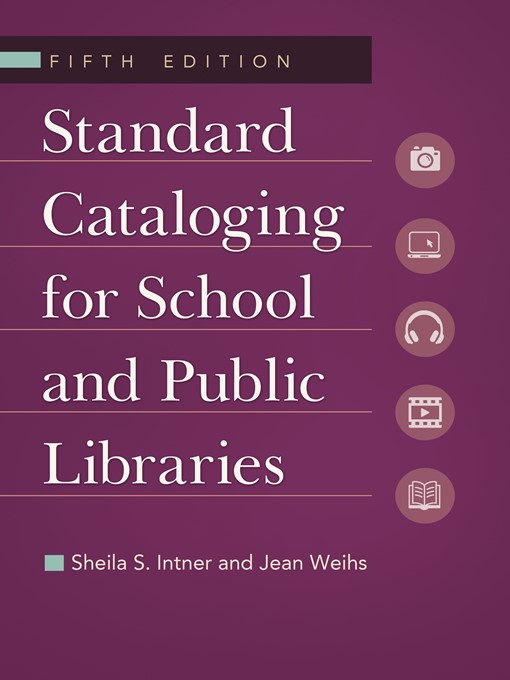Library cataloging and classification tools are constantly improving, making this concise guide a necessity for any librarian or library student seeking improved understanding of the practical process of cataloging today. With the release of RDA, a new code for description, and a new edition of Dewey Classification, it's time for every library to add this fifth edition of a classic reference to your resources. Two Margaret Mann Citation winners update you on the five basic steps in standardized library cataloging: describing and adding access points for resources; assigning subject headings using Sears List or Library of Congress subject headings; classifying them using the Dewey Decimal or Library of Congress classification systems; and digitizing the resulting records.
The book opens with a brief look at the environment in which cataloging now functions, especially in response to advances in digital access. It clarifies terminology, explores new and changed applications, and enhances understanding of basic principles for those responsible for creating cataloging data. To get you ready for tomorrow, the edition closes with a brief look at trends likely to affect cataloging in the foreseeable future.

